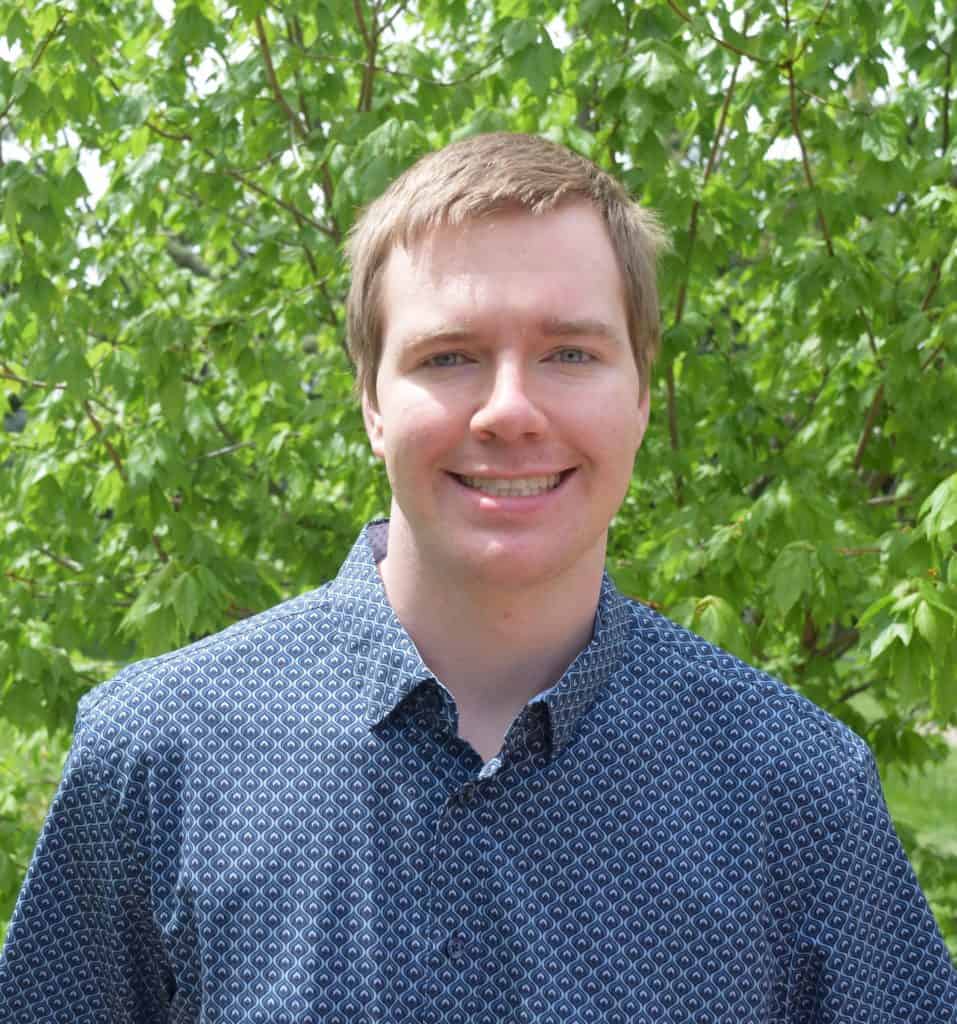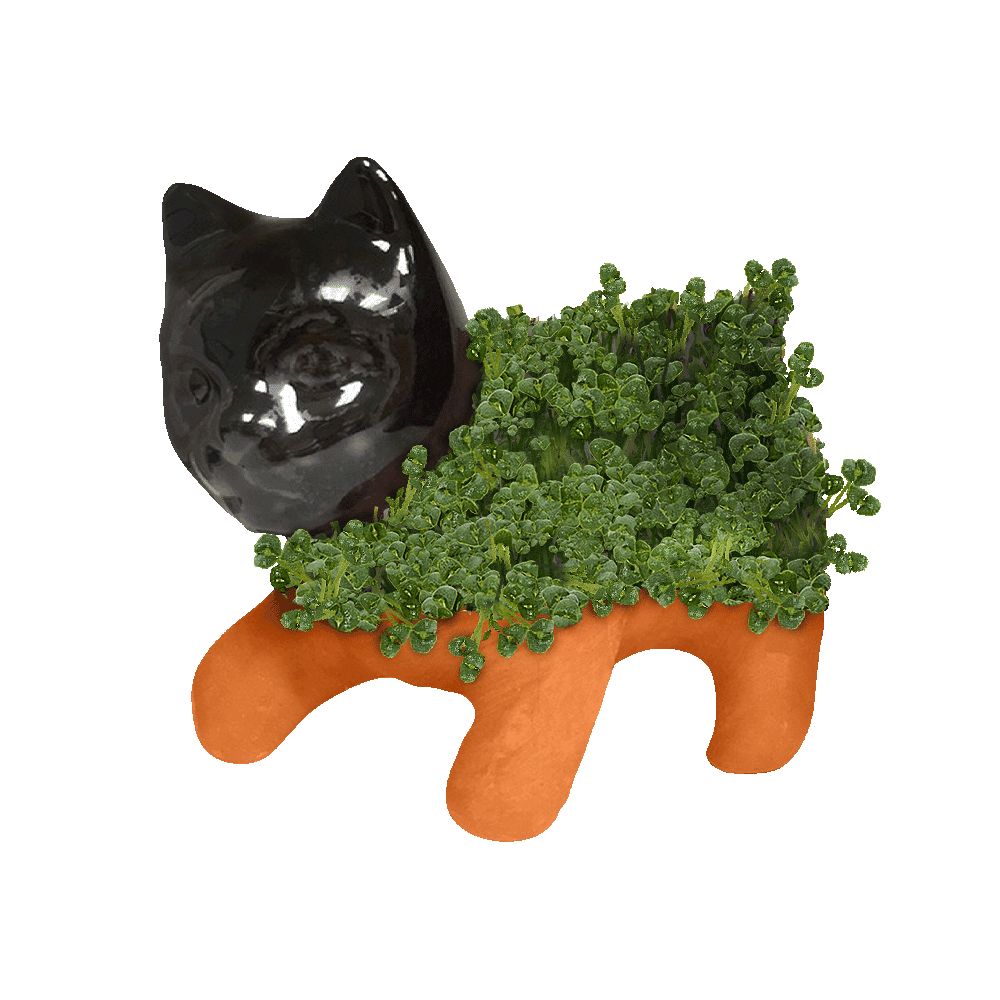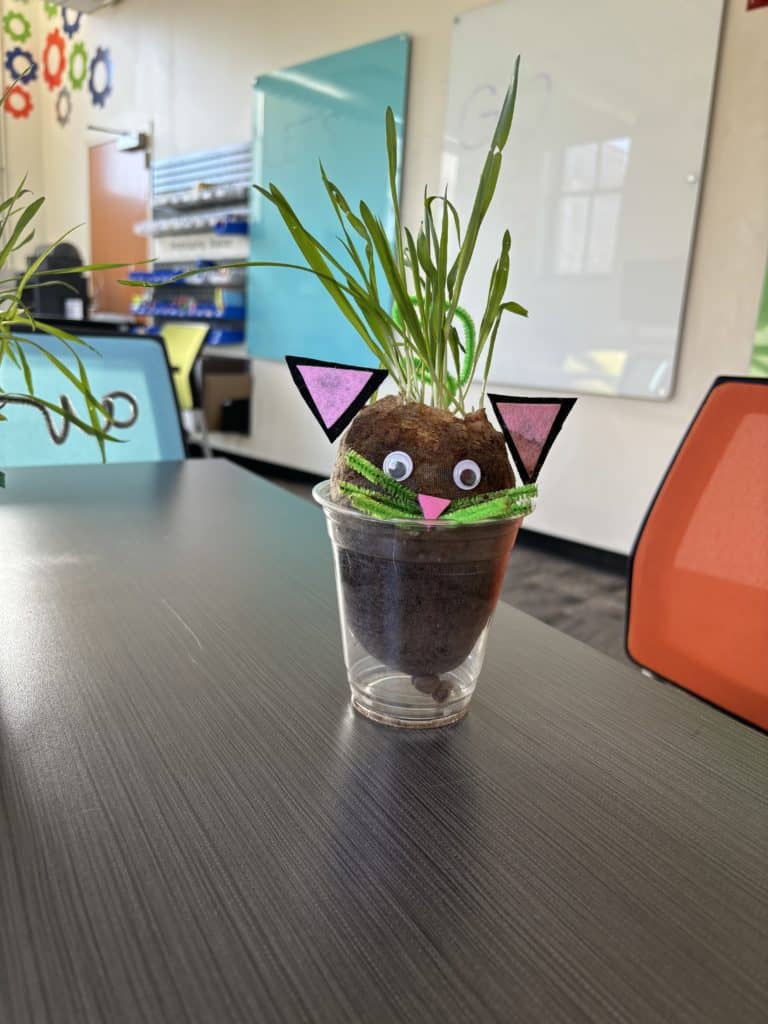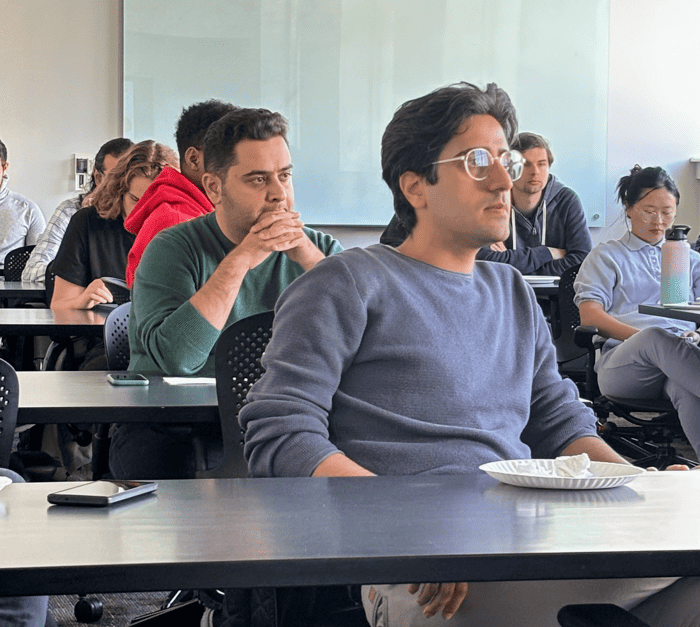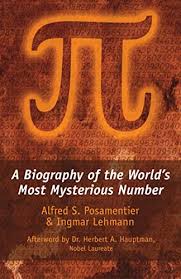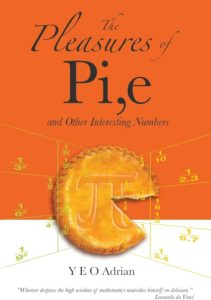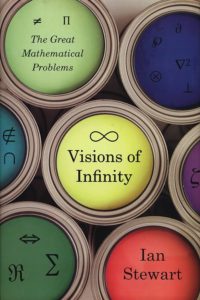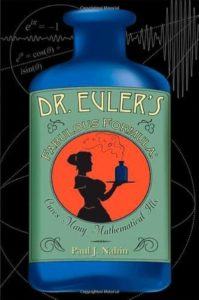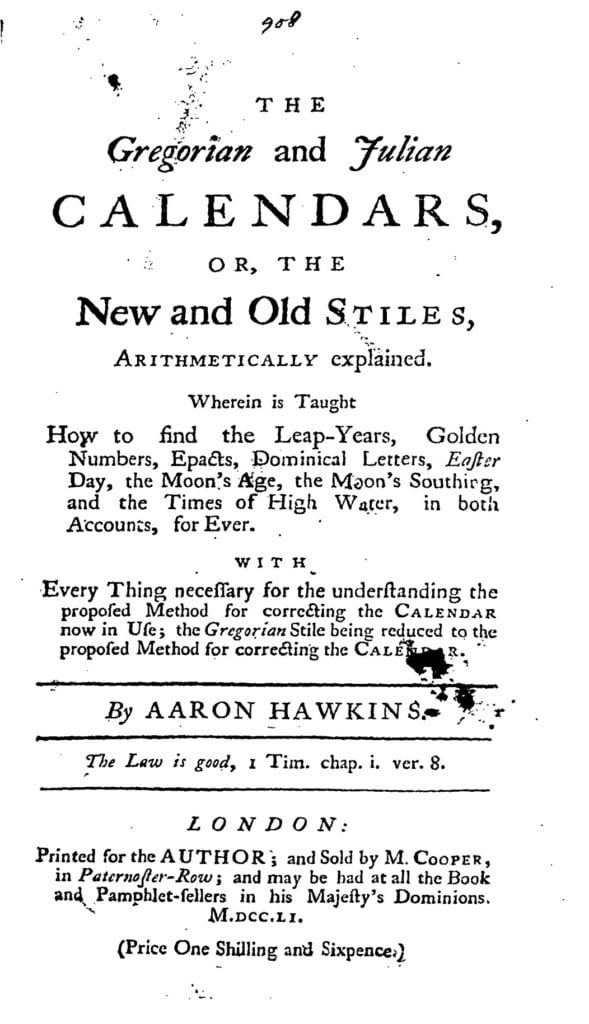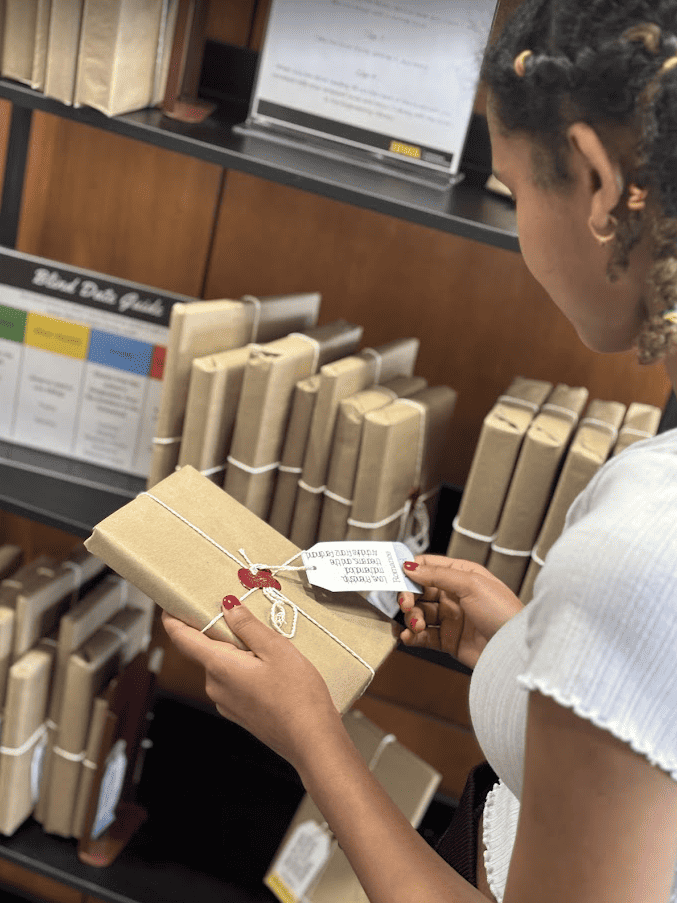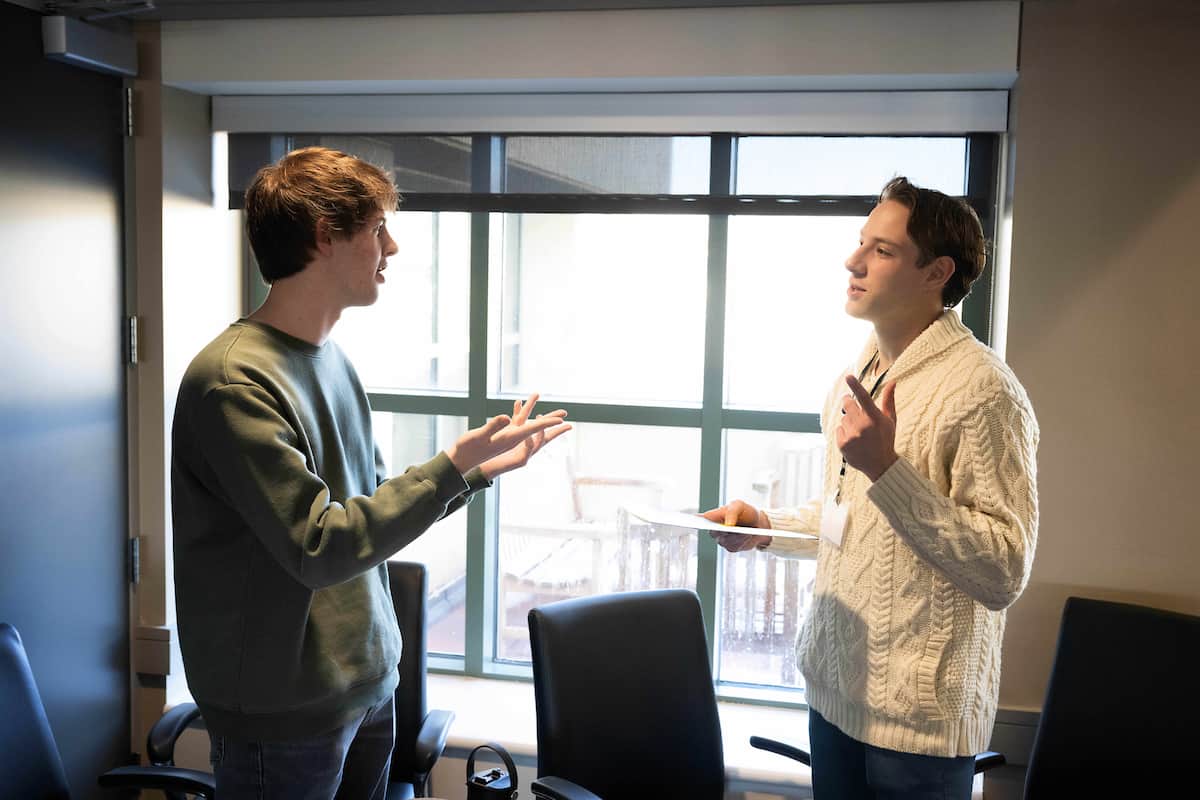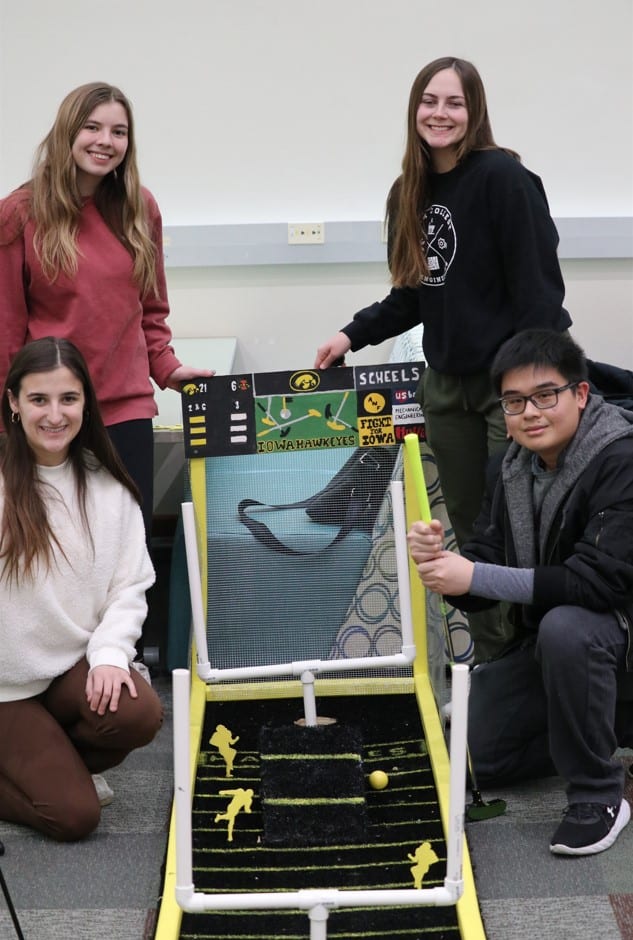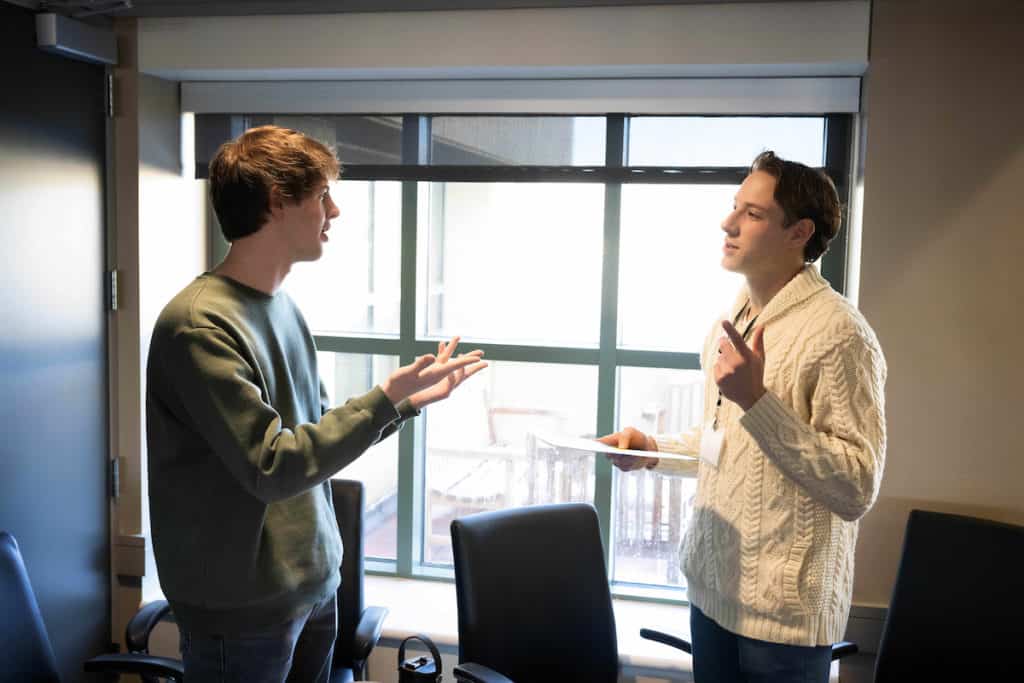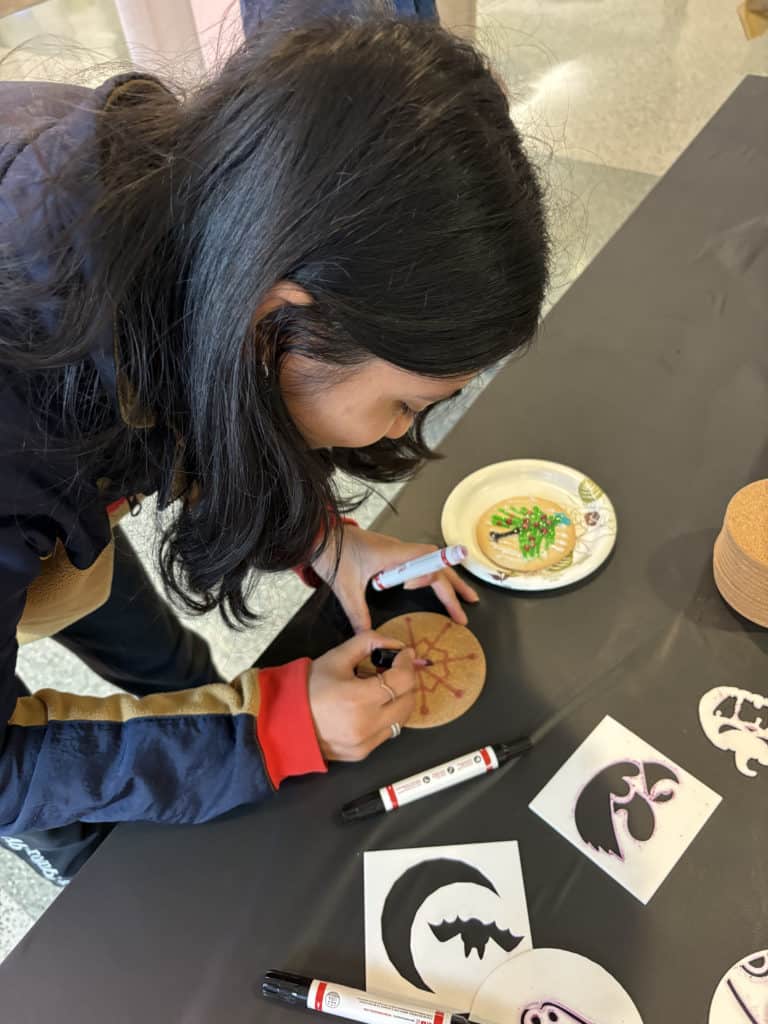Each semester we like to highlight our student workers who are graduating. This semester, our cohort of graduating student workers is four students strong.
CJ Brauns
Hometown: Coralville, Iowa
Degree: Master of Arts in Library and Information Science
Post-graduation plans: I’m currently applying for full-time library jobs. For now, I will continue to work at the Lichtenberger Engineering Library and the North Liberty Aquatic Center.
What’s one thing you learned from working at the Engineering Library? Academic libraries can be even louder than public libraries.
Kendra Walton
Hometown: Deforest, Wisconsin
Degree: Bachelor of Science in Biomedical Engineering
Post-graduation plans: Still looking for a job.
What’s one thing you learned from working at the Engineering Library? I learned a lot about different tools and technology!
Lucas Pieper
Hometown: Ankeny, Iowa
Degree: Bachelor of Arts in Finance with a minor in Sports and Recreation Management and Public Health Certificate
Post-graduation plans: I have accepted a job with a commercial real estate brokerage company (Advocate Commercial Real Estate Advisors) as a client relationship associate in downtown Chicago, Illinois.
What’s one thing you learned from working at the Engineering Library? One thing I learned while working at the Engineering Library is creative, on-the-spot problem solving. While not being an engineering major myself, I was constantly working to assist engineering majors. There were often times when they had a complex STEM-related issue that I did not know much about, but since I was working in the Engineering Library, I was able to help come up with fast and creative solutions to help solve those students’ problems.
Wes Johnson
Hometown: Cedar Rapids, Iowa
Degree: Bachelor of Science in Industrial Engineering
Post-graduation plans: Work at Crystal Group in Hiawatha, Iowa as an industrial engineer
What’s one thing you learned from working at the Engineering Library? Over my time working in the library I learned how to navigate tough requests and questions, searching for a solution even when it wasn’t right in front of me. If I was really stuck, it was always a good bet to ask James [Cox]!
